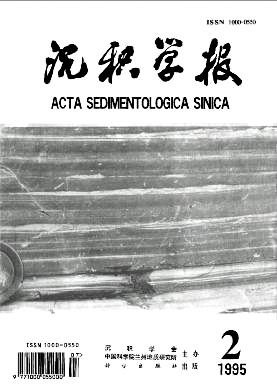Study on Thermal Simulated Peat──A Discussion on the Genetic Mechanism of Transitional Zone Gas
- Received Date: 1994-10-15
- Publish Date: 1995-06-10
Abstract: This paper made a thermally simulating experiment on modern peat under low temperatures and longer time, and discussed the genetic mechanism of transitional zone gas. Gannan peat has relatively higher yields of gaseous and liquid hydrocarbons under simulation. Liquid hydrocarbons are made up of thermolytic oil and residual chloroform "A". The former is dominated by C6-C14 light hydrocarbons, and the latter is dominated by NSO compounds and asphaltenes. With increasing thermal evolution, the relative content of saturated and aromatic hydrocarbons increases whereas that of NSO compounds and asphaltenes decreases rapidly. Gas compositions for simulated peat are dominated by non- hydrocarbon gases, such as CO2 and N2. With increasing simulation temperatures, gaseous hydrocarbon yields increase rapidly. Gaseous hydrocarbons include C1 -C5 hydrocarbon gases, mainly methane. Carbon isotope values of mathane produced at temperature of 200~400℃ are-53. 82~-33. 62‰.The research indicates that at low thermal evolution stage associated with humic acid decomposition and kerogen rearrangement, bio - thermal catalytic transitional zone gas with lighter carbon isotope value of methane can be generated.
| Citation: | Ying Guangguo, Zhang Baisheng, Ji Liming. Study on Thermal Simulated Peat──A Discussion on the Genetic Mechanism of Transitional Zone Gas[J]. Acta Sedimentologica Sinica, 1995, 13(2): 44-47. |






 DownLoad:
DownLoad: